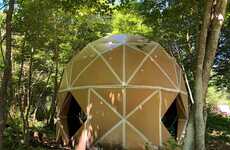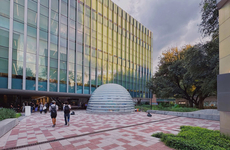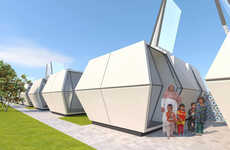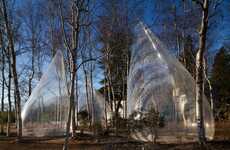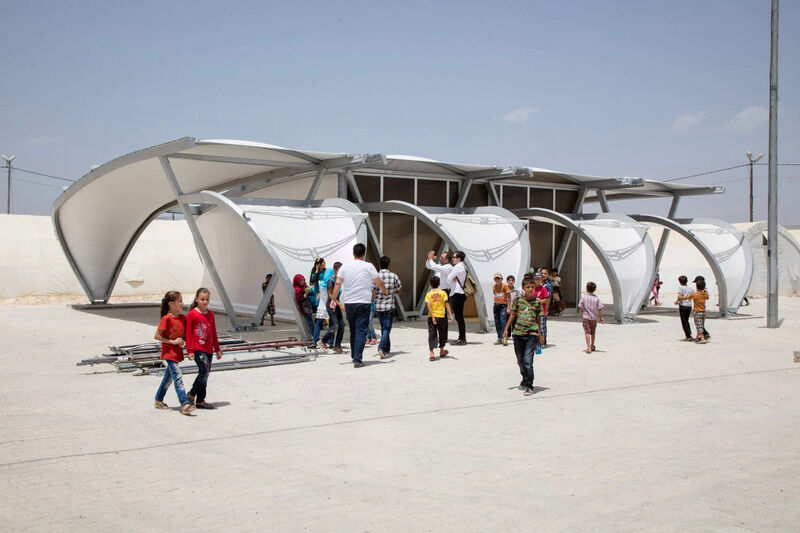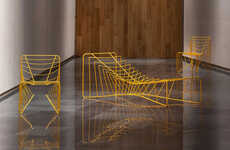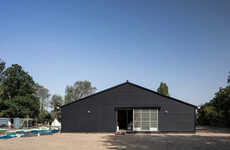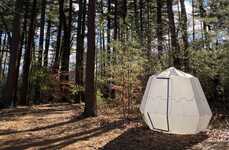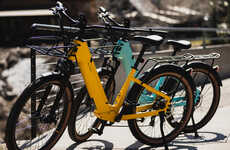
Zaha Hadid Architects Designs a Series of Classrooms for Refugees
References: zaha-hadid & dezeen
London-based design studio Zaha Hadid Architects designs a series of tent-like modular classrooms for displaced communities. These are actually made by the late Zaha Hadid and Patrik Schumacher, marking one of the last structures by Hadid. The tents are made in collaboration with the non-profit organization Education Above All Foundation to combat the issue of the lack of schools and health clinics for displaced communities in the Middle East.
The structures are modular and are supported by a steel frame that is held in place with secured concrete foundations. This holds together stretched fabric walls and roofs. Inside the space is a 12-meter-long by 8 meters wide area that functions as a classroom for up to 45 students. It is topped off with a roof lighting and the fabric is slightly transparent for natural light.
Image Credit: Zaha Hadid Architects
The structures are modular and are supported by a steel frame that is held in place with secured concrete foundations. This holds together stretched fabric walls and roofs. Inside the space is a 12-meter-long by 8 meters wide area that functions as a classroom for up to 45 students. It is topped off with a roof lighting and the fabric is slightly transparent for natural light.
Image Credit: Zaha Hadid Architects
Trend Themes
1. Modular Tent Structures - The use of modular tent structures allows for quick and efficient construction of classrooms and other facilities in displaced communities.
2. Collaboration with Non-profit Organizations - Collaboration with non-profit organizations offers opportunities for design firms to address social and humanitarian issues through their work.
3. Transparent Architecture - The use of transparent materials in architecture can enhance the natural lighting and create visually striking structures.
Industry Implications
1. Architecture - Architects can explore modular and transparent structures in their designs to address social and humanitarian issues like the lack of schools in displaced communities.
2. Education - The use of modular structures in education can provide flexibility and accessibility to educational facilities, especially in crisis situations.
3. Non-profit - Non-profit organizations that focus on providing education and healthcare in crisis situations can explore innovative designs like modular tent classrooms to improve the quality of life for displaced communities.
1.6
Score
Popularity
Activity
Freshness


